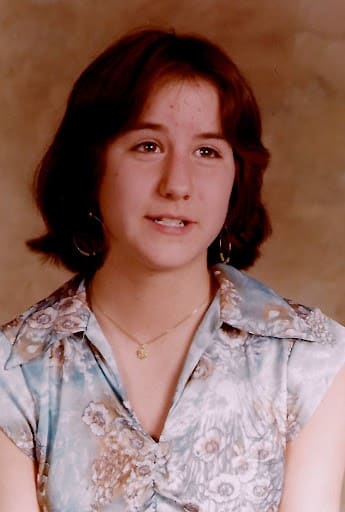DNA technology helped identify the remains of a young woman that were found in 1981, the Hernando County Sheriff’s Office (HCSO) said on Wednesday.
In March and April of 1981, four sets of human remains were recovered from the Mansfield property in Spring Hill. Of those, two victims were immediately identified. The other two victims including the then 17-year-old Theresa Caroline Fillingim remained unidentified until investigators at the University of North Texas and at the Virginia-based Parabon NanoLabs, Inc. used DNA technology to positively identify Filligim’s remains.
Parabon is a private-sector DNA technology firm that specializes in DNA phenotyping, a process that predicts physical appearance and ancestry from unidentified DNA evidence.
Fillingim was reported missing to the Tampa Police Department by her sister Margaret Johns on May 16, 1980. On April 3, 1981, HCSO investigators recovered Fillingim’s remains from the Mansfield property. After they were found, the HCSO collected the remains and sent them to several labs which unsuccessfully attempted to develop their DNA profiles. In 2020, a sample of the remains was sent to the University of North Texas where a complete DNA profile was developed and subsequently entered into the national database.
A search of that database did not result in a DNA match, but when the complete DNA profiles were reviewed, investigators determined that there was a sufficient amount of genetic material in the unidentified victims’ samples to warrant further testing. With the DNA, researchers used Parabon’s Snapshot DNA Phenotyping Service to make individual predictions for a victim’s ancestry, eye color, hair color, skin color, freckling, and face shape. Law enforcement agencies use Snapshot to narrow the suspect/victim (characteristics) list and generate leads in criminal investigations, HCSO Deputy Public Information Officer (PIO) Michael Terry said. Parabon’s research subsequently developed a profile that was used to identify Fillingim.
According to Terry, several research and law enforcement agencies in Florida and elsewhere contributed to the effort to identify Theresa Fillingim.
The agency will continue to use evolving technology and investigative techniques whenever appropriate to help solve violent crimes, he said.
The Mansfield property is located in Spring Hill near US-19 and Forest Oaks Blvd. William “Billy” Mansfield, Jr. pled guilty to the murders of the four women found on the property. The bodies were discovered in March of 1981 when the Hernando County Sheriff’s Office received a tip that there was a body hidden beneath the home. A warrant was issued to search the home for the body of Elaine Zeigler, a teenager who disappeared from a Hernando KOA campground in 1975. The search turned up the four bodies. Three of the bodies have been identified as Sandra Jean Graham, Elaine Zeigler, and Theresa Fillingim leaving an unidentified body.
Billy was in jail in California at the time. Billy and his brother Gary were on trial for the murder of René Saling. Her body was found in a drainage ditch in Watsonville, California. The jury deadlocked in the first trial. In the second trial Billy’s brother Gary testified against him and he was convicted. Billy is currently serving four life sentences.

